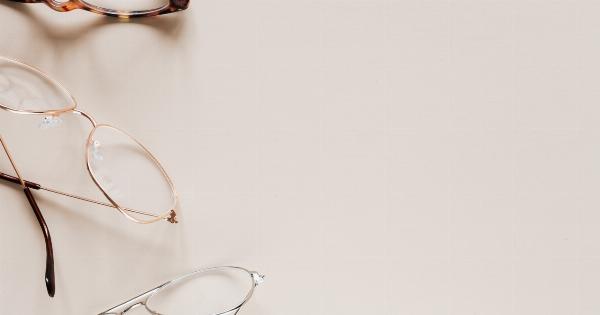Choosing the right glasses color for better sleep can have a significant impact on your overall health and well-being. A quality night’s sleep is essential for energy, focus, and good physical and mental health.
One of the most significant factors that impact the quality of our sleep is light. Exposure to blue light from electronic devices and indoor lighting can disrupt our sleep patterns and cause insomnia, daytime fatigue, and low mood.
What are Blue Light Glasses?
Blue light glasses are specially designed glasses that help block harmful blue light emitted from electronic devices and artificial indoor lighting.
These glasses contain a special type of lens that filters out blue light, which can interfere with our body’s natural sleep-wake cycle and melatonin production. By blocking out blue light, these glasses help reduce eye strain, headaches, and improve sleep quality.
How do Glasses Colors Affect Sleep Quality?
The color of glasses can affect how blue light wavelengths are filtered out. Different glasses colors have varying levels of effectiveness at blocking out blue light, which can impact sleep quality.
Here are some of the most common glasses colors and how they can affect sleep quality:.
Yellow Glasses
Yellow glasses have a yellow or amber tint that effectively blocks out blue light. These glasses are an excellent choice for those who use electronic devices late at night or those who work in environments with artificial lighting.
Yellow glasses help improve sleep quality by promoting melatonin production and the body’s natural sleep-wake cycle. They are suitable for evening and night-time use but may cause some color distortion and reduced clarity.
Red Glasses
Red glasses have a deep red or orange tint that effectively blocks out blue and green light. These glasses are a good choice for those who experience difficulty falling asleep or staying asleep due to excessive electronic device use.
Red glasses help improve sleep quality by promoting melatonin production and the body’s natural sleep-wake cycle. They are ideal for nighttime use but may cause some color distortion and reduced clarity.
Purple Glasses
Purple glasses have a purple or lavender tint that effectively blocks out blue light. These glasses are a suitable choice for those who use electronic devices frequently.
Purple glasses help improve sleep quality by promoting melatonin production and reducing the impact of artificial lighting on the body’s natural sleep-wake cycle. They are ideal for evening use but may cause some color distortion and reduced clarity.
Blue Glasses
Blue glasses have a blue tint that helps filter out some blue light, but they are not as effective as yellow, red, or purple glasses.
Blue glasses are suitable for those who only use electronic devices occasionally or those who work in environments with natural lighting. They provide some protection against blue light but may not be suitable for evening use.
Clear Glasses
Clear glasses do not have any tint and do not effectively block out blue light. They are not particularly useful for reducing electronic device use or improving sleep quality.
Clear glasses are suitable for those who do not use electronic devices frequently and work in environments with natural lighting.
Conclusion
Choosing the right glasses color can help improve your sleep quality and protect you from the harmful effects of blue light. Yellow, red, and purple glasses are the most effective in blocking out blue light and promoting melatonin production.
These glasses are ideal for nighttime use but may cause some color distortion and reduced clarity. Blue glasses are suitable for those who only use electronic devices occasionally or work in natural light environments. Clear glasses are not particularly useful for reducing electronic device use and promoting better sleep.






























